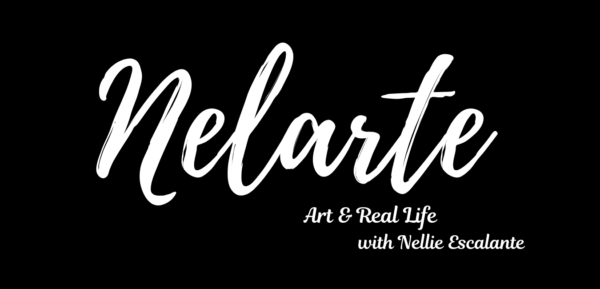
When you think of 19th century Puerto Rico, the artist that comes to mind is Francisco Oller. But there was a trio of artists who were sisters who formed part of the artistic community at that time. I am talking about Amalia, Asunción and Magdalena Cleto Noa.
Art education in Puerto Rico begins with three faces of women
These sister artists also opened an art academy (their father, Juan Cleto Noa, actually taught Francisco Oller) which remained open for many years, which means, according to Grisselle Soto Vélez, professor of Art Education in the School of Fine Arts & Design in Puerto Rico, “that art education in Puerto Rico begins with three faces of women. But that information is not visible to our conscience because one person is always mentioned, their father.”
There is not much information about these Puerto Rican artist sisters but the two portraits that exist by one of the sisters, Amalia Cleto Noa, can tell a bit of the story about this particular artist. We will be talking here about one of those portraits.
Amalia Cleto Noa
Amalia Cleto Noa is a pioneer in the history of Puerto Rican art, recognized as one of the first female painters on the island. She belonged to a distinguished group of creators who painted during the second half of the 19th century and, as mentioned before, was a contemporary of famous 19th century Puerto Rican artist, Francisco Oller.
The Naples Fisherman
Although known for religious subjects, Naples Fisherman shows Amalia’s interest in taking part in the growing interest that Puerto Rican artists had in the 19th century, in painting portraits.
Pescador napolitano (Naples Fisherman) by Amalia Cleto Noa makes reference to the popular subject from 19th century Italian art whose many versions, including the two below, had one thing in common, the red floppy hat.

A Neapolitan fisherman, n.d.

Portrait of Haymon Estaper in the uniform of the Neapolitan freedom fighter “Il Masaniello”
The Puerto Rican Fisherman
However, unlike most versions (there are some which depict the subject with darker skin) which highlighted European features, Amalia Cleto Noa’s fisherman has dark skin, full lips, and curly hair perhaps speaking to the African presence in southern Italy. He actually looks Puerto Rican! The background is quite generic too, this could also be Puerto Rico!

Amalia’s fisherman gazes to the side, with a longing look, a religious necklace around his neck, a reference to the religious painting she is known for. His cloak, only draped over one shoulder, hints of his muscular torso; his strength is apparent, this is different from typical depictions of the same subject.
Typical depictions of the same subject

Fisherman from Naples, 19th Century Italian School

The Wallace Collection
Other depictions of Naples fisherman are fully clothed and most show the entire figure but Amalia Cleto Noa chose to portray just his head and shoulders. She wanted to concentrate on showing the features of this person. One wonders if someone modeled for the portrait or if this was a fictional person she wanted to bring to life in this work.
History of Naples Fisherman
The Naples fisherman represented in 19th century Italian art is actually the Neapolitan freedom fighter Masaniello (real name Tommaso Aniello d’Amalfi, 1620–1647), a fisherman and fruit merchant who revolted against the Spanish ruling class’ failure to deliver tax relief on fruit and other food that the poor depended on to survive.
Today Masaniello is still popular in Naples, where he is celebrated as a folk hero.
Reflection
I wonder if Amalia Cleto Noa is making reference to a longing that Puerto Ricans had to break free from Spanish dominance at the time. Was this her version of a Puerto Rican hero who would free Puerto Rico from colonial rule?
One of my sketchbook prompts in my Etsy shop highlights this work, you can check it out here. Invite your child or student to discuss the work (which you can view on the screen or download in pdf format) with you and then sketch using the prompt given.
I hope you enjoyed this introduction to the work of Amalia Cleto Noa. I was inspired to continue my study of Amalia Cleto Noa after reading this article in Spanish. Also, feel free to sign up here, for my email list so you never miss a blog post or updates!
